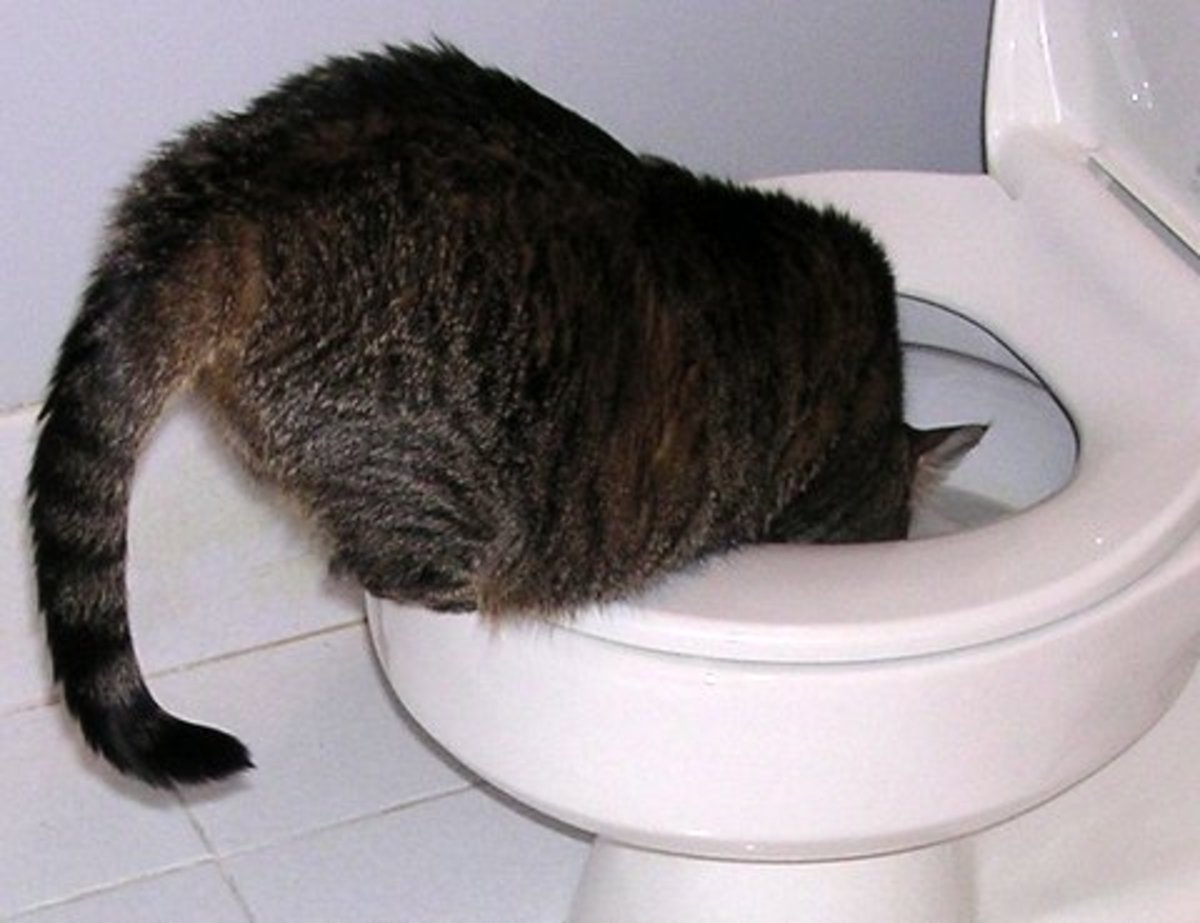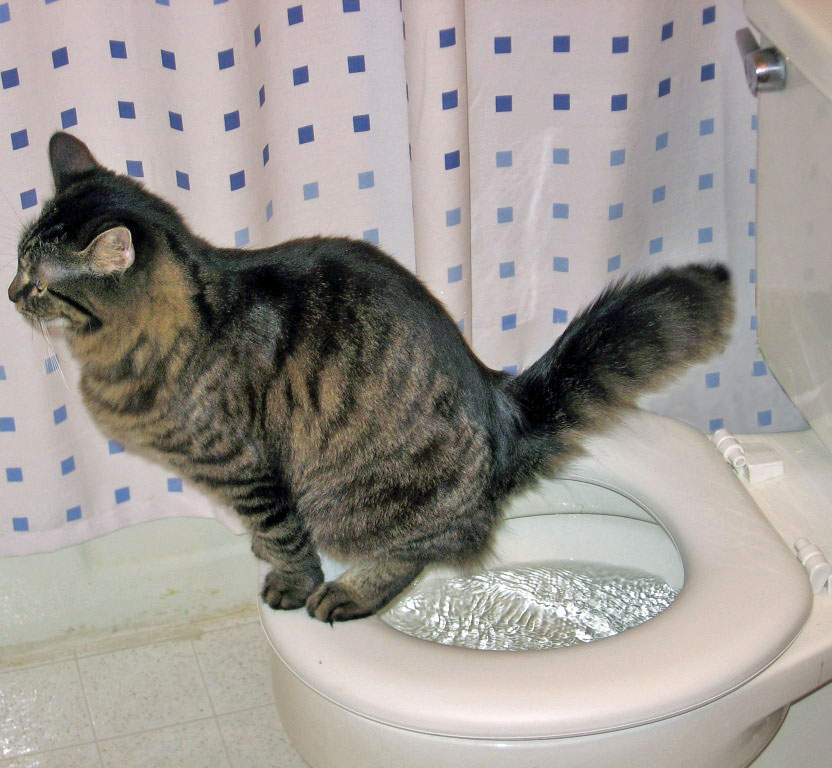Avoid Flush Cat Poop Down Your Toilet - Protect Your Plumbing Infrastructure
Avoid Flush Cat Poop Down Your Toilet - Protect Your Plumbing Infrastructure
Blog Article
This great article down below in relation to How to Dispose of Cat Poop and Litter Without Plastic Bags is especially compelling. Read it for your own benefit and decide what you think about it.

Introduction
As feline proprietors, it's necessary to bear in mind exactly how we get rid of our feline good friends' waste. While it might appear hassle-free to flush feline poop down the commode, this method can have detrimental effects for both the environment and human health and wellness.
Alternatives to Flushing
The good news is, there are more secure and more accountable methods to dispose of feline poop. Consider the adhering to alternatives:
1. Scoop and Dispose in Trash
The most typical technique of throwing away pet cat poop is to scoop it into a naturally degradable bag and throw it in the garbage. Be sure to make use of a committed clutter scoop and take care of the waste immediately.
2. Use Biodegradable Litter
Opt for biodegradable cat trash made from products such as corn or wheat. These litters are eco-friendly and can be safely dealt with in the trash.
3. Hide in the Yard
If you have a backyard, think about hiding cat waste in a designated area away from vegetable yards and water resources. Make certain to dig deep enough to prevent contamination of groundwater.
4. Mount a Pet Waste Disposal System
Buy an animal garbage disposal system especially made for cat waste. These systems make use of enzymes to break down the waste, minimizing odor and ecological influence.
Health and wellness Risks
In addition to environmental worries, purging cat waste can likewise pose health and wellness threats to humans. Feline feces may include Toxoplasma gondii, a bloodsucker that can cause toxoplasmosis-- a potentially serious ailment, specifically for expecting women and people with weakened immune systems.
Environmental Impact
Purging feline poop presents harmful virus and parasites right into the water supply, presenting a substantial danger to water communities. These contaminants can adversely influence marine life and compromise water top quality.
Conclusion
Liable pet possession prolongs beyond providing food and sanctuary-- it likewise entails appropriate waste administration. By avoiding flushing pet cat poop down the commode and selecting different disposal approaches, we can minimize our ecological footprint and secure human health and wellness.
Why Can’t I Flush Cat Poop?
It Spreads a Parasite
Cats are frequently infected with a parasite called toxoplasma gondii. The parasite causes an infection called toxoplasmosis. It is usually harmless to cats. The parasite only uses cat poop as a host for its eggs. Otherwise, the cat’s immune system usually keeps the infection at low enough levels to maintain its own health. But it does not stop the develop of eggs. These eggs are tiny and surprisingly tough. They may survive for a year before they begin to grow. But that’s the problem.
Our wastewater system is not designed to deal with toxoplasmosis eggs. Instead, most eggs will flush from your toilet into sewers and wastewater management plants. After the sewage is treated for many other harmful things in it, it is typically released into local rivers, lakes, or oceans. Here, the toxoplasmosis eggs can find new hosts, including starfish, crabs, otters, and many other wildlife. For many, this is a significant risk to their health. Toxoplasmosis can also end up infecting water sources that are important for agriculture, which means our deer, pigs, and sheep can get infected too.
Is There Risk to Humans?
There can be a risk to human life from flushing cat poop down the toilet. If you do so, the parasites from your cat’s poop can end up in shellfish, game animals, or livestock. If this meat is then served raw or undercooked, the people who eat it can get sick.
In fact, according to the CDC, 40 million people in the United States are infected with toxoplasma gondii. They get it from exposure to infected seafood, or from some kind of cat poop contamination, like drinking from a stream that is contaminated or touching anything that has come into contact with cat poop. That includes just cleaning a cat litter box.
Most people who get infected with these parasites will not develop any symptoms. However, for pregnant women or for those with compromised immune systems, the parasite can cause severe health problems.
How to Handle Cat Poop
The best way to handle cat poop is actually to clean the box more often. The eggs that the parasite sheds will not become active until one to five days after the cat poops. That means that if you clean daily, you’re much less likely to come into direct contact with infectious eggs.
That said, always dispose of cat poop in the garbage and not down the toilet. Wash your hands before and after you clean the litter box, and bring the bag of poop right outside to your garbage bins.
https://trenchlesssolutionsusa.com/why-cant-i-flush-cat-poop/

I discovered that write up about Don’t flush cat feces down the toilet when exploring the search engines. Kindly take the opportunity to distribute this content if you enjoyed it. Thank you so much for your time invested reading it.
Click Here Report this page